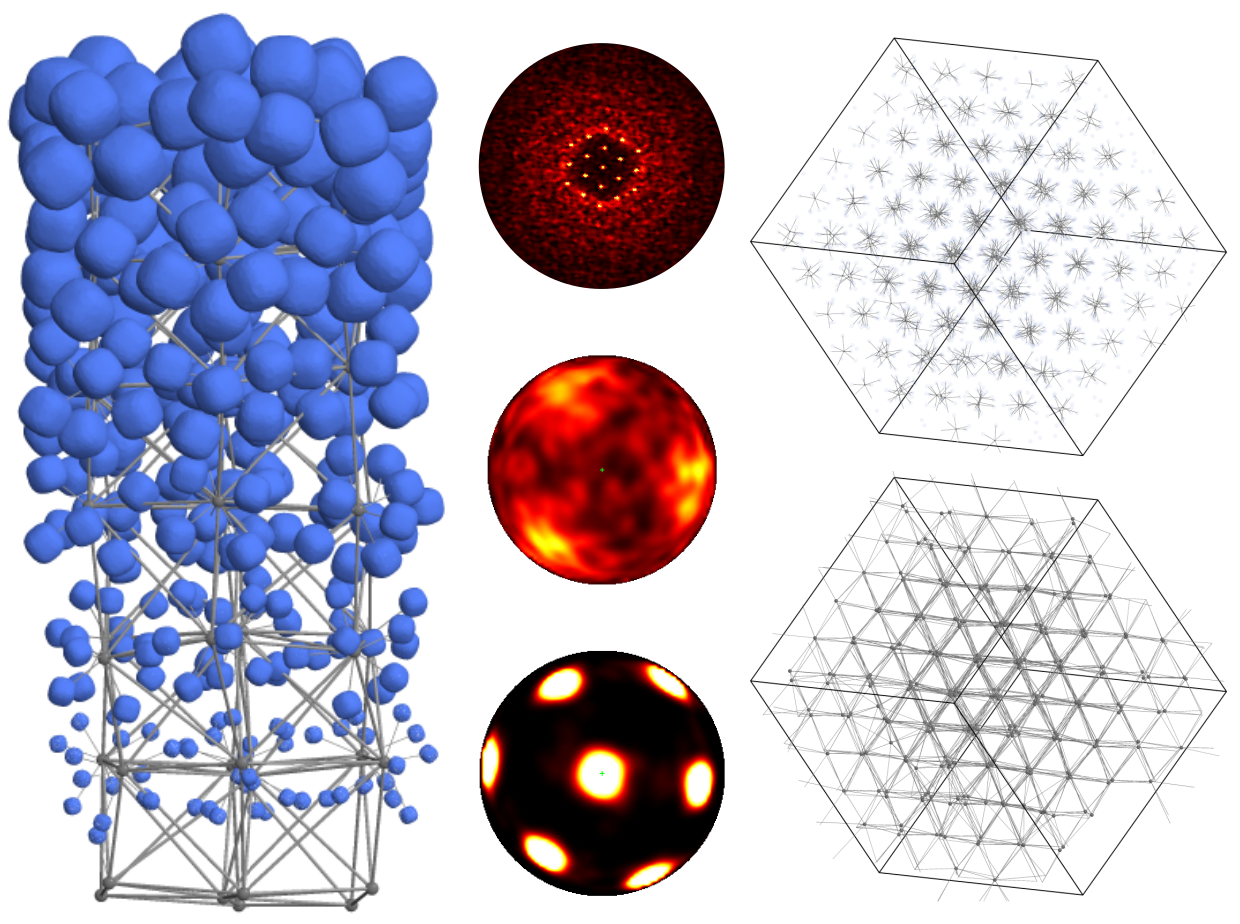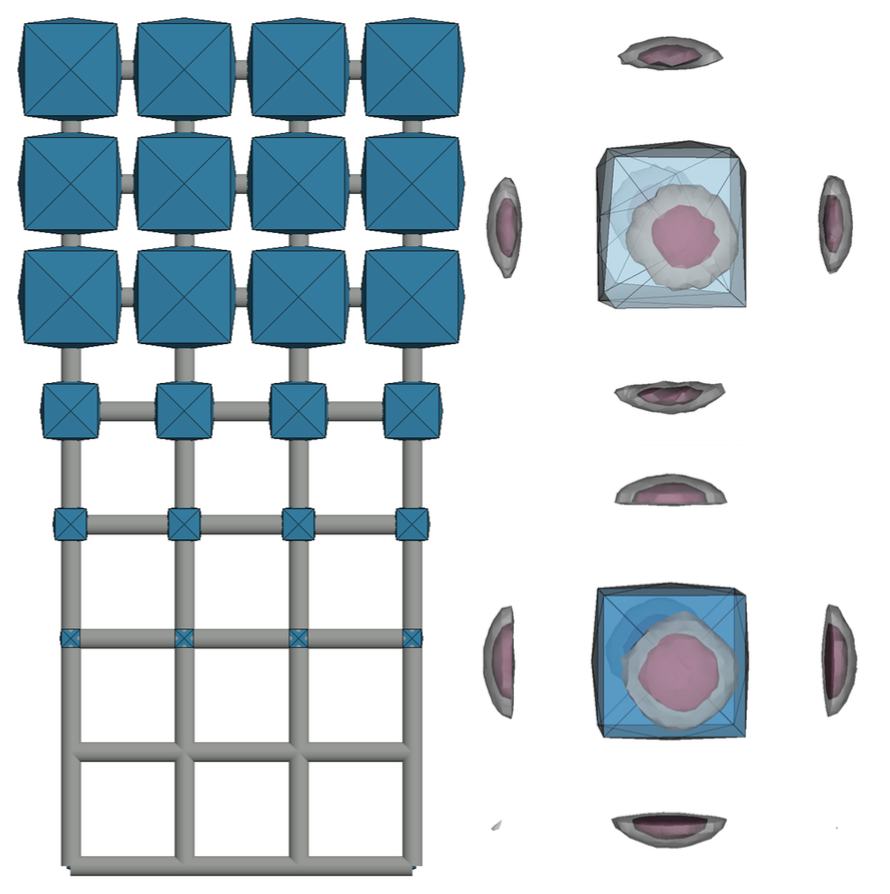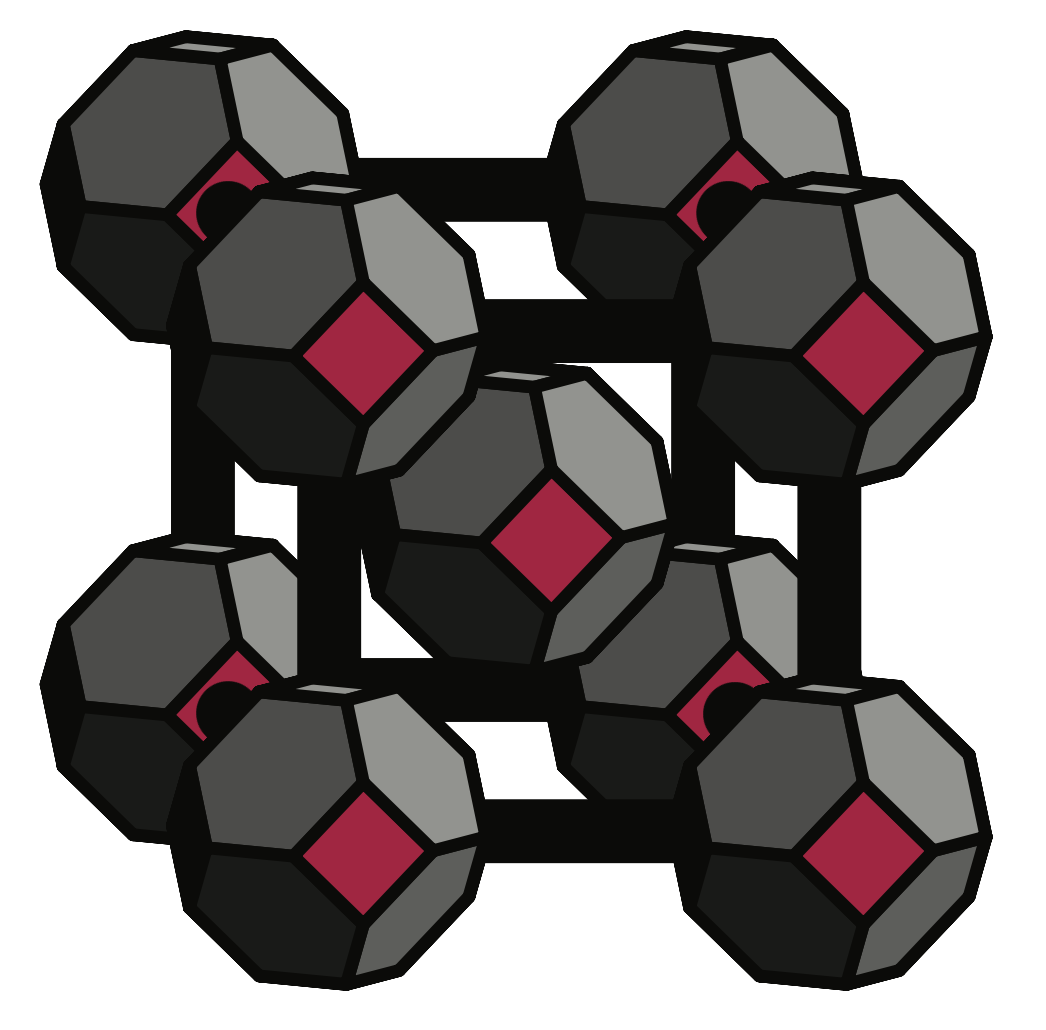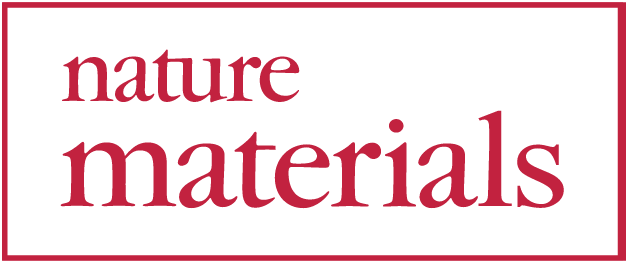
Greg van Anders' Group
We are a research group in the Department of Physics, Engineering Physics, and Astronomy at Queen's University. We work on Emergence, Systems Physics, Soft Condensed Matter, Materials Physics, and Statistical Mechanics.
Group News
















